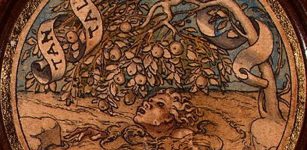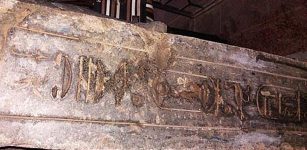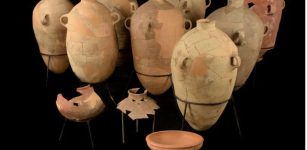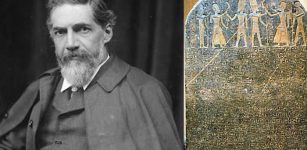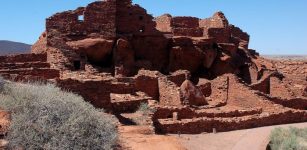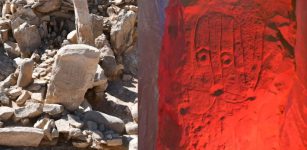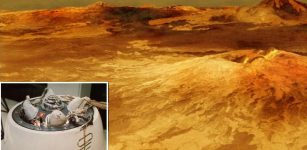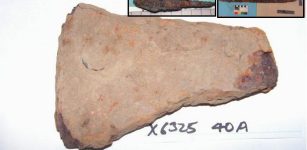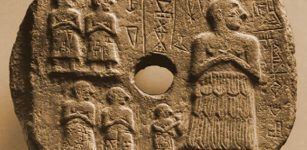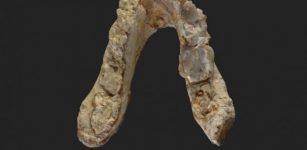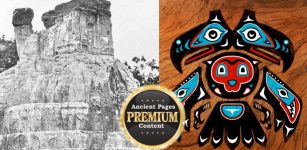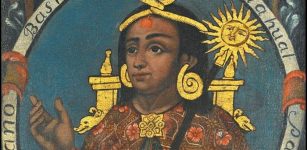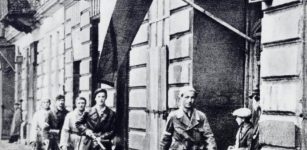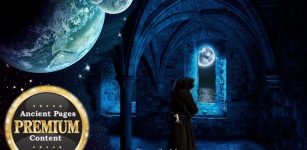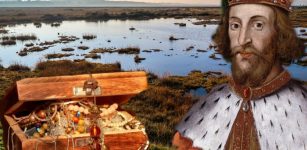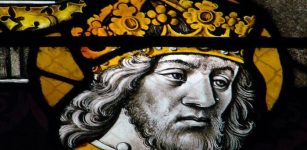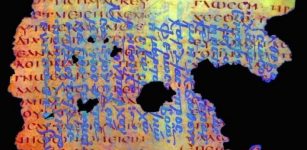On This Day In History: Mathematician And Astronomer Simon Marius Independently Rediscovered Andromeda Galaxy – On Dec 15, 1612
AncientPages.com - On December 15, 1612, Simon Marius (1573 - 1624), a mathematician and astronomer, independently rediscovered the "Nebula in the Girdle of Andromeda," actually the Andromeda Galaxy (M31).
Marius was a German astronomer, the pupil of Tycho Brahe, one of the earliest telescope users, and the first to mention the Andromeda nebula in print.
He saw the object with a moderate telescope and described it as looking like a "flame seen through the horn."
Al Sufi (903-985 CE), known in the West as Azophi, was the first astronomer to describe the 'nebulosity' of the nebula in Andromeda in his book of constellations (atlas of heavens). He was unaware that medieval Arab and Persian astronomers of the Middle Ages had previously noted this object. Al Sufi was one of the most outstanding practical astronomers of the Middle Ages, as early as 964 AD.
The Andromeda galaxy is the most distant object in the sky that the unaided eye can see.
Marius' earliest astronomical activities included observations of a comet in 1596 and Kepler's supernova in 1604. In 1608, he learned of telescopes and started to acquire the skills of producing one (like Galileo).
He independently discovered Jupiter's Moons despite Galileo's claim of plagiarism, which he had some evidence of. It seems that he had already helped Capra in Padua to copy Galileo's note describing the use of a compass), and proposed the names they have since.
AncientPages.com
Expand for referencesReferences:


